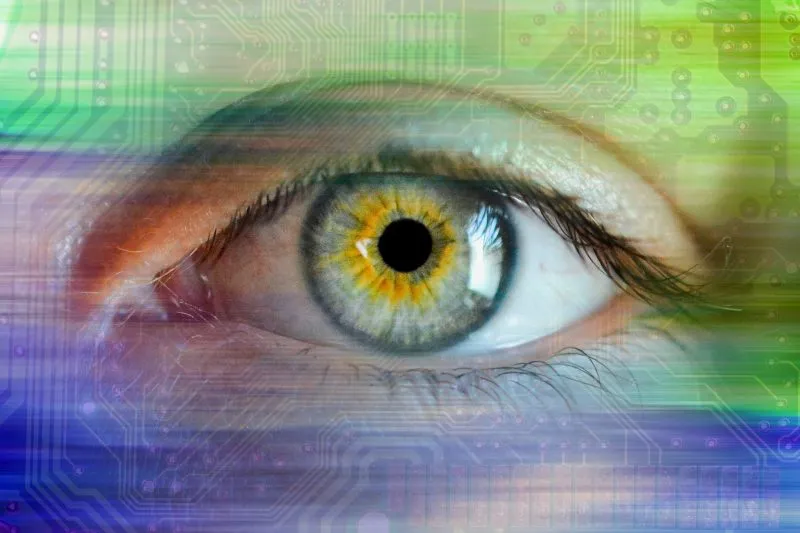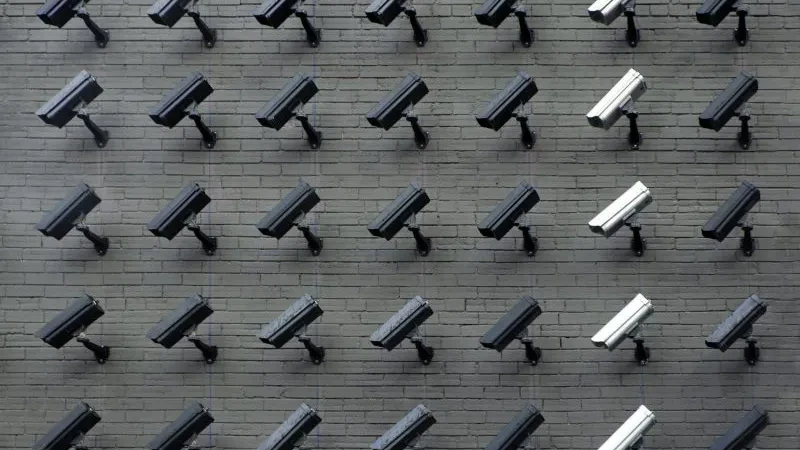In a recent interview, Swinburne University professor Peter Holland stated that research indicates “up to 80 per cent of organisations around the world have put what they call spyware or ‘tattleware’ on their equipment”. The debate on where to draw the line on employee surveillance is not a new one but the massive shift to working from home, accelerated by the COVID-19 pandemic, has sparked the conversation again with new concerns about boundaries.
An employee’s right to privacy is protected by legislation; in Australia this is primarily the Privacy Act of 1988 as well as, if applicable, the workplace surveillance laws of the state in which they work (for example the Workplace Surveillance Act in NSW). However, an employer is also legally recognised to have the right to monitor the workplace for collective safety, employee performance and property protection.
So as an employer, how do you know what’s okay and what’s not? The balance can be tricky to navigate, and lines can often become blurry depending on the case, but there is some general consensus on what boundaries must be maintained and it’s important as an employer to know what they are.
What are the different forms of workplace surveillance that can be utilised?
As an employer, surveillance is an important means through which you can work to protect the assets of the company, prevent loss, improve productivity, and even protect employees. How you choose to incorporate surveillance varies on what your purpose is and there are several different routes you can take as long as they stay within what’s considered legal and ethical workplace monitoring. Some of the possible methods that are available include:
- CCTV cameras installed in various areas of the workplace
- Internet, email and social media usage at work (this includes the websites, downloads made, or data input)
- Keylogging software which records the characters typed on work devices
- Audio recording of calls made and received
- Data trackers used to monitor productivity
- Geolocation tracking (through devices like workplace provided phones)
This doesn’t necessarily mean that all these forms of surveillance are or should always be used, and if they are, the contexts in which they are legal can vary depending on the particular case, the place and type of work as well as the extent of the surveillance.
What type of workplace surveillance is okay and what’s not?
The regulations on surveillance can be a little murky to navigate, especially since most laws are written in general terms and the ever advancement of technology can create uncertainty on what certain kinds of monitoring are classified as.
Generally speaking, optical surveillance in spaces considered private such as bathrooms, change rooms and lactation rooms is an offence. In some states like Victoria this also extends to listening devices. Outside of private spaces at work, employers are typically required to inform their employees before introducing any surveillance technology. This falls under overt surveillance and the time length can vary but normally at least 14 days’ notice is necessary, and any cameras must be visible and/or have signs that inform employees they may be recorded.

For any surveillance that is covert, where employers monitor employees without notice, an employer must first be granted authority to do so by the courts. They must have adequate reason for doing so, such as having reason to suspect that unlawful conduct is occurring and in this situation the courts can have certain safeguards in place on the surveillance to ensure that some boundaries are maintained. Any surveillance outside of work is nearly always against the law and this applies to vehicles that may be provided to an employee by the company.
The legislation when it comes to digital issues like the internet and email is covered only by general privacy laws in most states. Only NSW’s legislation makes specific mention of it by citing that computer surveillance must be conducted under the employer’s policy and with employee notification. This leaves a lot open for interpretation and up to employer discretion and is glaringly outdated when considering the advancement of surveillance technologies in tracking an employee’s digital footprint.
Where does the Line on Workplace Surveillance vs Spying become Blurry?
Surveillance laws are typically general in their terms and due to this, there exists a large grey area to navigate when questioning the surveillance policy of a workplace. For example, who in the workplace is privy to the surveillance data and what can or can’t they do with the information they have? Or how long is the data from surveillance kept? Is it ethical if an employee who departed a company 10 years prior has surveillance footage accessed and used against them? Or for workers who are often operating outside of the physical workplace, what type of surveillance is allowed to monitor their productivity?
There also arises the issue that many workplaces can incorporate surveillance that employees may not be comfortable with but consent regardless as it is a requirement of the job itself.
Furthermore, there exists a clear lack of uniformity in surveillance laws which means there can be discrepancies on what’s considered okay in one place versus another depending on which state you live in. These are generally only minor but can be a source of stress to employees, particularly those whose work requires them to operate in multiple different states.
Workplace Surveillance in the Era of Remote Work
One particular area that needs special attention, especially in light of recent times, are the surveillance rules regarding remote work. Remote work has shifted the way people complete their tasks from not only where they do their work, but also when and how. For example, the standard nine to five does not necessarily apply at home and workers can choose to operate earlier in the day or later, or even on weekends, making the division of time a more complicated mix of professional and personal tasks.
This understandably has introduced greater confusion for both employees and employers alike and the huge acceleration of the working from home trend, caused by the COVID-19 pandemic, has had a massive impact on the type and form of surveillance that companies use. In fact, Gartner conducted a survey which found 60% of the companies that responded had adopted and or increased their range of surveillance technologies by the end of 2021 in contrast to the 30% that had beforehand.

Issues like these have introduced a greater need for reforms and uniformity in surveillance legislation – in fact, the Australian Law Reform Commission stressed the need for uniformisation in their 2014 report citing that it would enable greater certainty to employees and employers alike on what their rights are.
As employers, it’s important to have a clear internal policy that aims to respect the privacy rights of all workers and ensure that any surveillance implemented has a clear purpose and guidelines that restrict its usage on a situational basis. In order to prevent surveillance from becoming invasive on a worker’s right to privacy, it’s also important that law regulators adapt legislation to reflect the new working reality for many people.
Let's Get Started
Interested in learning more about how Polonious can help?
Get a free consultation or demo with one of our experts




